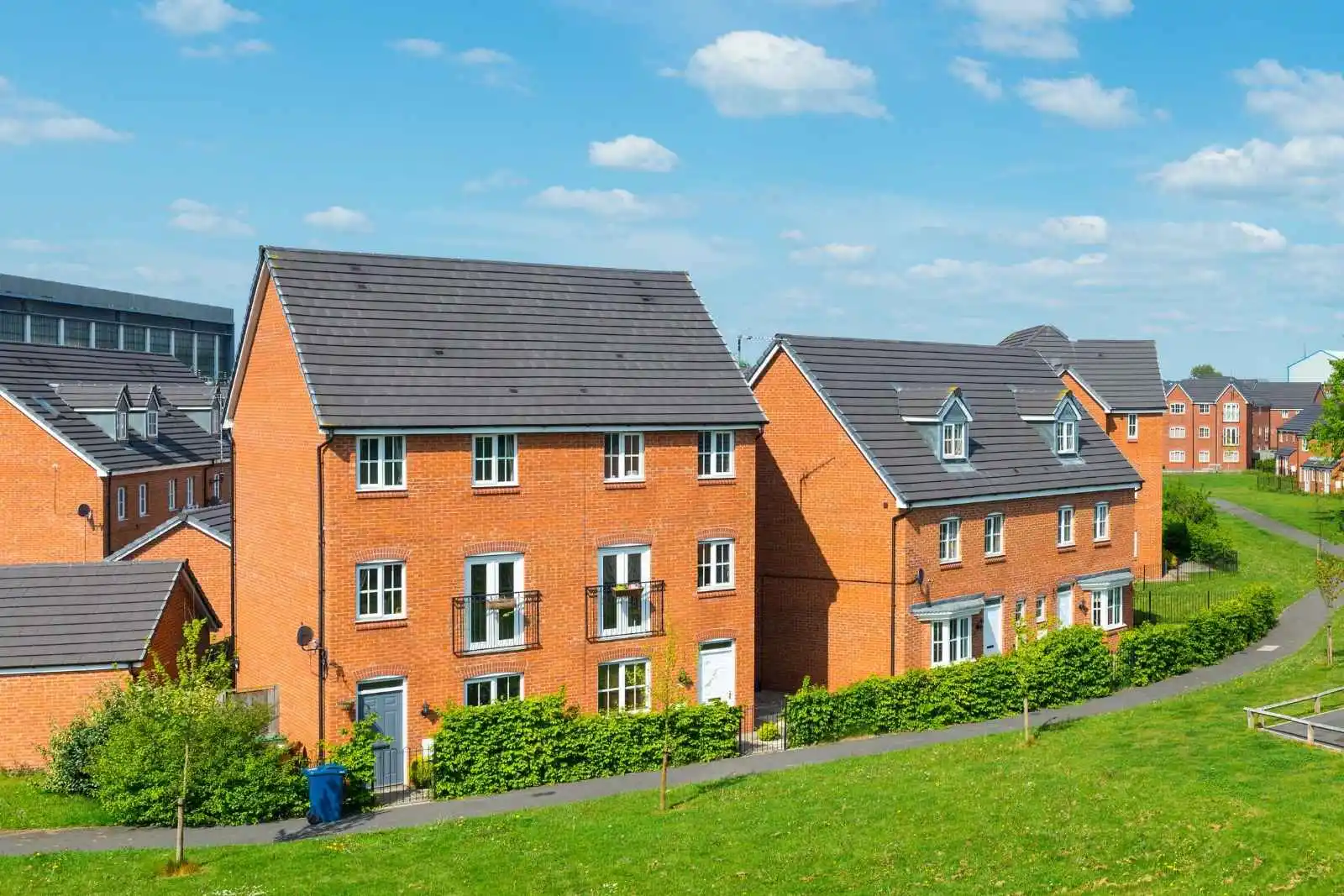How land is classified can make a big difference to where it fits within local and national planning policy, and hence, the ultimate likelihood of success of a planning application. With a shortage of land available, developers also need to be more creative in their site sourcing. However, some planning terms are not only ambiguous, but don’t even have an official definition. Here we explore the term “greenfield”, including what it is, where it fits within planning guidelines, and opportunities and constraints for developers.
What is greenfield land?
There is, in fact, no official definition of “greenfield” land to be found in NPPF policy guidelines. However, in planning terms, it is a description of a site’s physical characteristics, that is having the appearance of never being built on.
What’s the difference between greenfield and Green Belt?
The two are quite different (although just to confuse, greenfield can be found within Green Belt zones). To clarify:
Greenfield is open land which is being considered as part of a strategy for future development.
Green Belt forms part of Government policy, for creating a highly protected buffer of land between town and countryside, with the aim of controlling urban growth.
So what types of land are greenfield?
As 70% of land in the UK is designated for agricultural use this will make up the majority of greenfield land in rural areas. Other land types which may fall under the category of greenfield include grassland, forestry, and open amenity spaces.
Contrary to what you might assume, whilst conjuring up visions of rolling countryside, greenfield can also be found in built up areas. Residential gardens, parks, allotments and other recreation grounds which are excluded from NPPF guidelines for “previously developed land”, are arguably also classed as greenfield.
The pros and cons of building on greenfield land
A blank canvas of open land is in theory a more attractive proposition; less site clearance required, no contamination from previous builds, and more flexibility for site design. Greenfield can also be more attractive to buyers; a well designed suburban scheme offers an appealing balance of infrastructure, community, and green spaces, for living and working in the post you-know-what era. All good news for developers.
There are drawbacks, including that greenfield land is relatively expensive to buy and any savings in site clearance are often offset by planning conditions. It’s also well acknowledged that use of rural greenfield for building can be highly controversial, not least due to negative environmental impacts. Its also highly likely that greenfield land will be much richer in biodiversity - which could pose a challenge for developers requirments to meet Biodiversity Net Gain rules.
How does greenfield fit into planning regulations?
For house building purposes, local authorities must take a “brownfield first” approach. This therefore means it is harder to achieve planning permission for development on bare, greenfield land, relative to land that has already been built on.
Getting planning for rural greenfield
Typically (though not exclusively) greenfield sites are located at the edge of urban settlements: have a look at this example scheme in West Sussex, a 5.86-acre village site comprising 120 units, built on a mixture of former gardens, agricultural and other greenfield land.

Planning policy also discourages the use of best and most versatile (BMV) farmland for housing (our blog on agricultural land classification has more details on this). However, planning decisions (as we all know) also need to be offset against the need to meet housing targets.
For a strategic approach to building your pipeline, depending on local housing needs, there may be opportunities to submit proposals for schemes over five homes as part of a call for sites. This is an opportunity for approaching local farmers, with a view to a joint submission for possible inclusion in the five year land bank as part of the local plan.
Notwithstanding all this, achieving planning will still be challenging. Key aspects to bear in mind:
- You will need to address environmental policy for safeguarding ecology and wildlife.
- In specified protected areas you will also need to take steps to mitigate your nutrient footprint.
- Ensure access to work and community spaces (shops, schools etc), to meet economic and social needs.
- With Carbon Zero on the agenda, transport infrastructure is also important. Transport for New Homes reports that many rural greenfield developments are built around a “car-park to car-park” design, and fail to consider public transport from shops and services.
Happily, Searchland’s mapping overlays offer all the information you need to assess environmental and infrastructure planning constraints, as well as other site criteria like flood risks.
What’s next? And how can Searchland help?
Despite prohibitive planning policy, there are clearly opportunities here for development on greenfield land. Key takeaways are to do your due diligence, to ensure that your proposal for development is meeting the environmental, social and economic guidelines of the NPPF.
With ever more competition for viable development land, finding and validating more sites is what Searchland is all about. We can help with the whole site sourcing process, from planning constraints to planning history and potential price per square foot. Oh, and we can source land ownership details, and even help you write directly to the vendor.
If you aren’t already using the platform for sourcing sites, get in touch for a no obligation demonstration.








